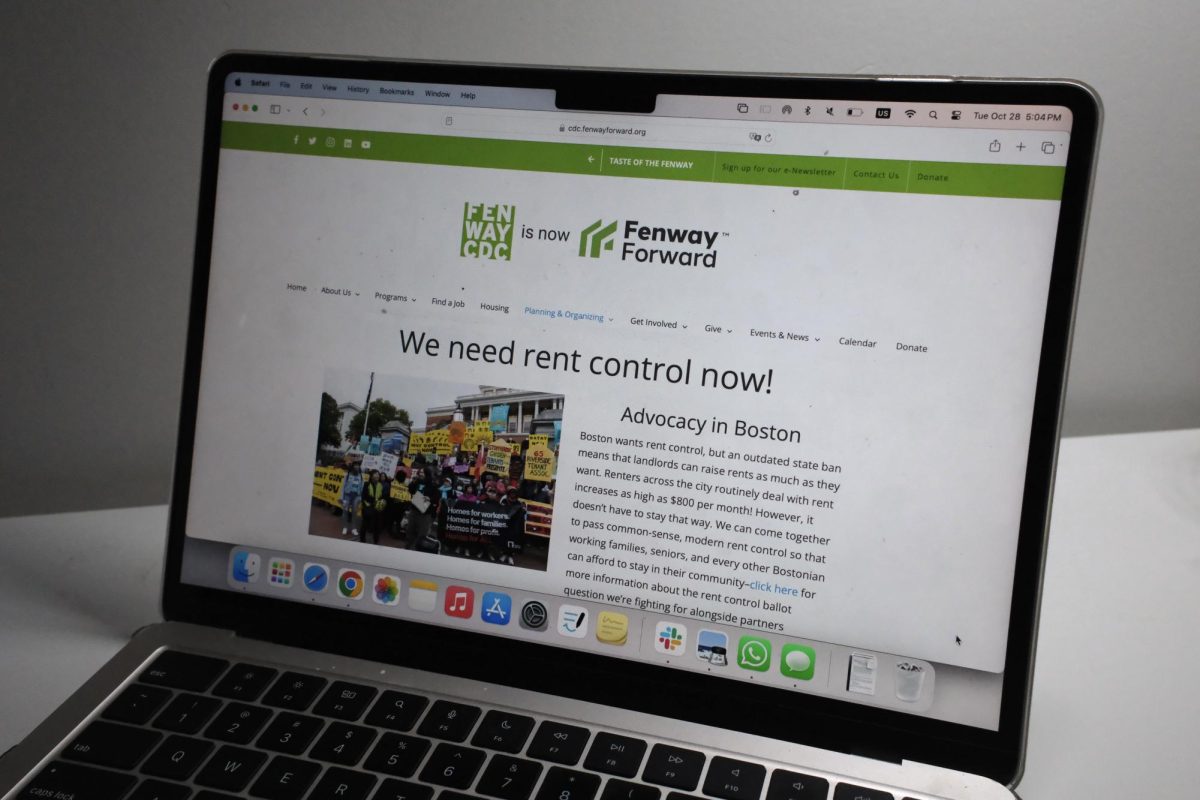A recent study conducted by researchers at the Boston University School of Public Health found that while overall air pollution has decreased in Massachusetts, air pollution inequality within certain communities is increasing.
The study, which will be published in the scientific journal Environmental Research in February and available through open access within the year, was led by Environmental Health Professor Patricia Fabian, and served as the doctoral dissertation for SPH student Anna Rosofsky.
The research team also included environmental health professors Jonathan Levy and Patricia Janulewicz, as well as Antonella Zanobetti, a visiting researcher from Harvard University’s T.H. Chan School of Public Health.
Researchers looked at the long-term presence of two common air pollutants in different communities: nitrogen dioxide and atmospheric particulate matter with a diameter of less than 2.5 micrometers. They then cross-referenced the levels with racial, ethnic, economic and educational demographics within the communities.
Fabian emphasized the importance in the study of relative change versus absolute change. The presence of air pollutants decreased by five micrograms per cubic meter overall, she said, but minority communities were found to have started with 15 micrograms per cubic meter and non-minority communities were found to have had started with only 10 micrograms per cubic meter.
“For the person that was exposed to 10 [micrograms of air pollution], that’s a 50 percent decrease in air pollution exposure,” Fabian told The Daily Free Press. “But for the person that was exposed to 15, that’s only a 30 percent decrease because they’re exposed to a higher air pollution to start out with.”
While there have been successful regulations to lower overall air pollution in Massachusetts, Rosofsky said, minority and low-income populations continue to have higher exposure than non-minority and high-income populations.
“What needs to happen is that regulation and initiatives to decrease pollutants should focus on these more vulnerable populations,” Rosofsky said, “especially in urban areas where these inequalities were highest.”
Rosofsky also said the inequality was highest for nitrogen dioxide, which stays close to its source and is primarily caused by traffic pollution. She suggested the inequality could be decreased by fighting population growth in high-traffic areas.
One of the more consequential findings of the study, according to Levy, was that these higher air pollution levels directly correlated with higher levels of asthma and cardiovascular disease, leaving exposed communities “more vulnerable to the effects of air pollution.”
Levy added that a focus on improving filtration systems in low-income homes was as important as targeting the sources of the pollutants.
“Personal exposures to air pollution are not the same as outdoor levels of air pollution,” Levy wrote in an email. “Interventions to reduce pollution infiltration in low-income homes can also be effective.”
Nathan Phillips, a professor at BU’s Department of Earth and Environment, said he is proud of his colleagues at SPH for doing the study.
“This study is important,” Phillips said. “It confirms what we’ve known for a long time — that communities that are less economically affluent, communities of color, bear the burden disproportionately of our pollutions.”
Phillips said that while air pollution has been an issue for a long time, without the data this study provided, there was little anyone could do to solve the problem.
“That’s where science becomes irrefutable in propelling positive social change,” Philips said, comparing the need to show facts and data to orchestrate social change to the need for evidence in a court of law.
Several students expressed concerns about the results of the study.
Yue Zhao, a second-year doctoral student in the School of Medicine, said that although he doubts the accuracy of the study’s findings, he thinks it’s good that BU is taking initiative to improve the environment.
“I just don’t know,” Zhao said. “There might be some other factors, other correlations, like rent of areas around factories will be less than other neighborhoods.”
Devin Wilson, a College of Fine Arts sophomore, said he thinks part of the reason for the disparity in air pollution might be the cost of the technology required to reduce air pollution.
“Society grants money to people that have money,” Wilson said. “So, starting from nothing, especially as an immigrant coming here with absolutely nothing, it’s very hard. Kind of the least of their concerns, I would believe.”
Sebastian Carrasco, a second-year doctoral student in the College of Engineering, said he thinks the air pollution inequality was something he would expect.
“It’s sad, but it’s reality,” Carrasco said. “There’s no equality. You can still see the difference between minorities [and] lower income [communities] compared to the upper class.”




















































































































